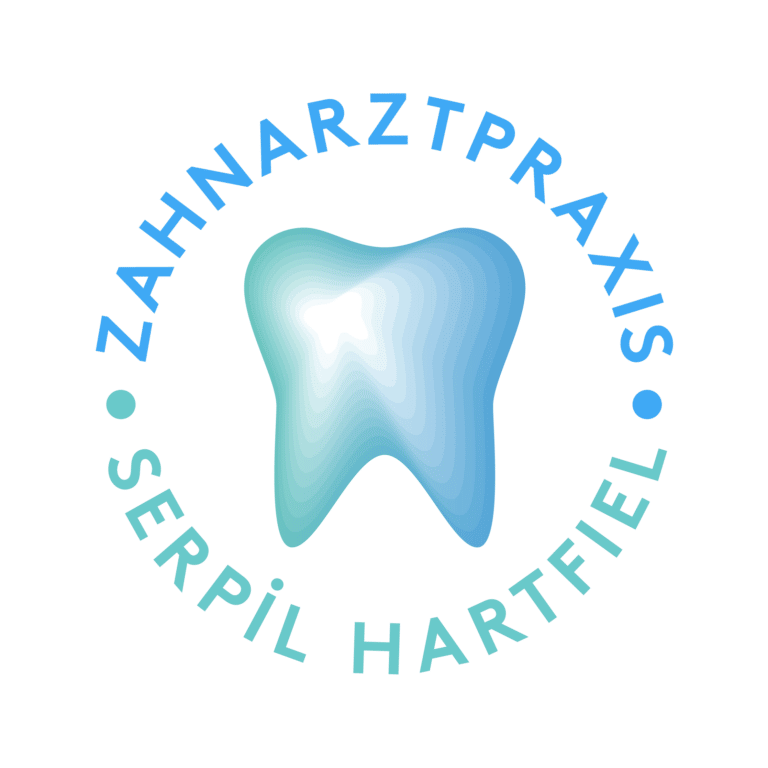Oral hygiene and professional teeth cleaning
Oral hygiene and professional teeth cleaning
Teeth lose their shine over time. In addition to tartar, external factors such as the consumption of tea, coffee and cigarettes, etc., can also dull the color of your teeth.
How is tartar formed?
After every meal, a thin film of leftover food and numerous bacteria forms on the surface of the teeth: plaque. If not removed regularly by thorough brushing, plaque mineralizes and hardens, forming tartar, which is very sticky. Because tartar is porous, it can harbor many microbes, which can lead to tooth decay or gum disease.
Why have your teeth professionally cleaned?
Regular professional tooth cleaning in the dental practice and effective tooth brushing at home removes plaque, deposits and discoloration. Tartar removal restores the aesthetic appearance of teeth. Removing tartar also creates a healthy environment for teeth and gums, improves oral hygiene and prevents the occurrence of numerous gum and periodontal diseases.

The technique
Deep cleaning is performed with an ultrasonic device to remove all deposits. The tartar is then scraped off by hand with precise instruments. The tartar is then scraped off by hand with precise instruments.
The tartar removal process is completed with a polishing of the tooth surfaces using brushes mounted on a rotating instrument and impregnated with a polishing paste.
As dental aesthetics is becoming ever more popular, most patients pay special attention to the appearance that their teeth convey.

